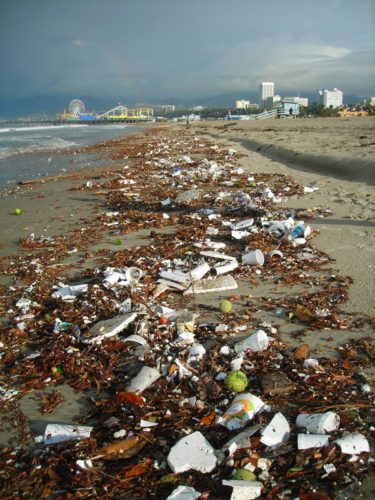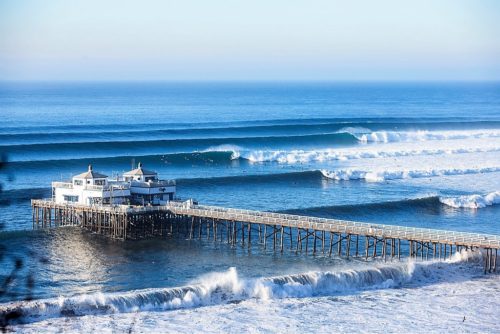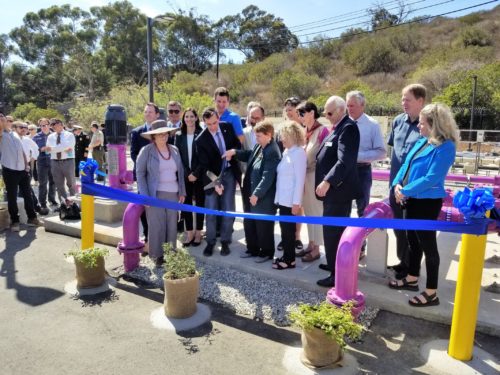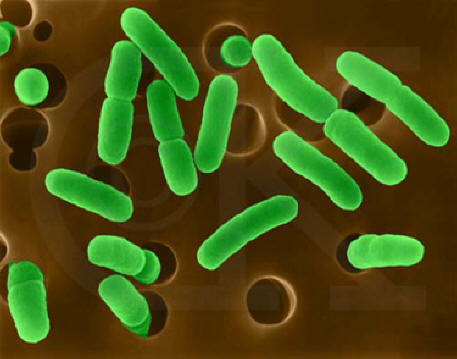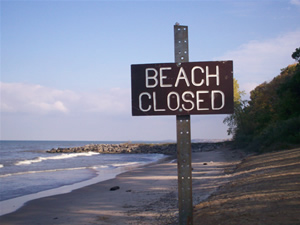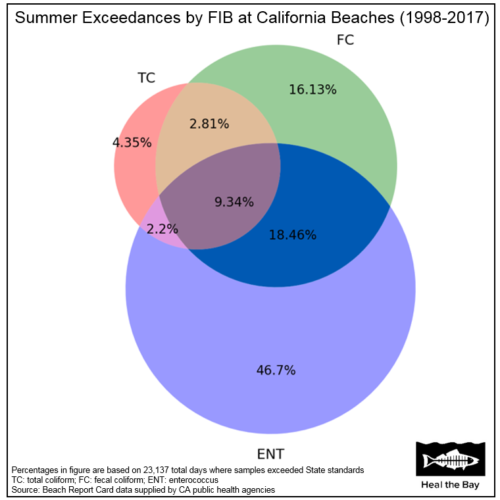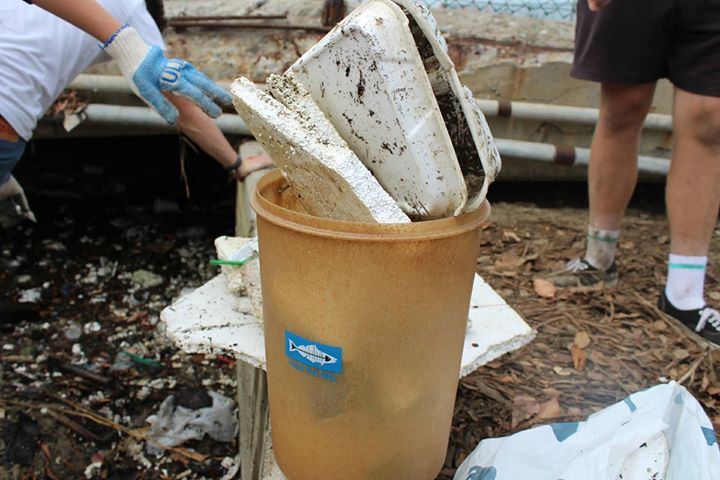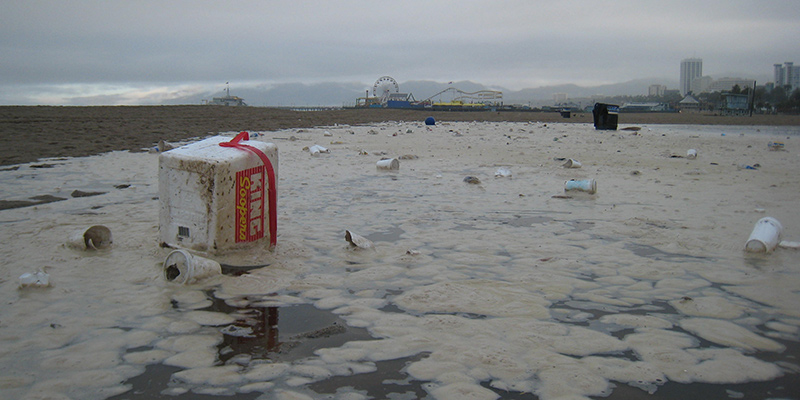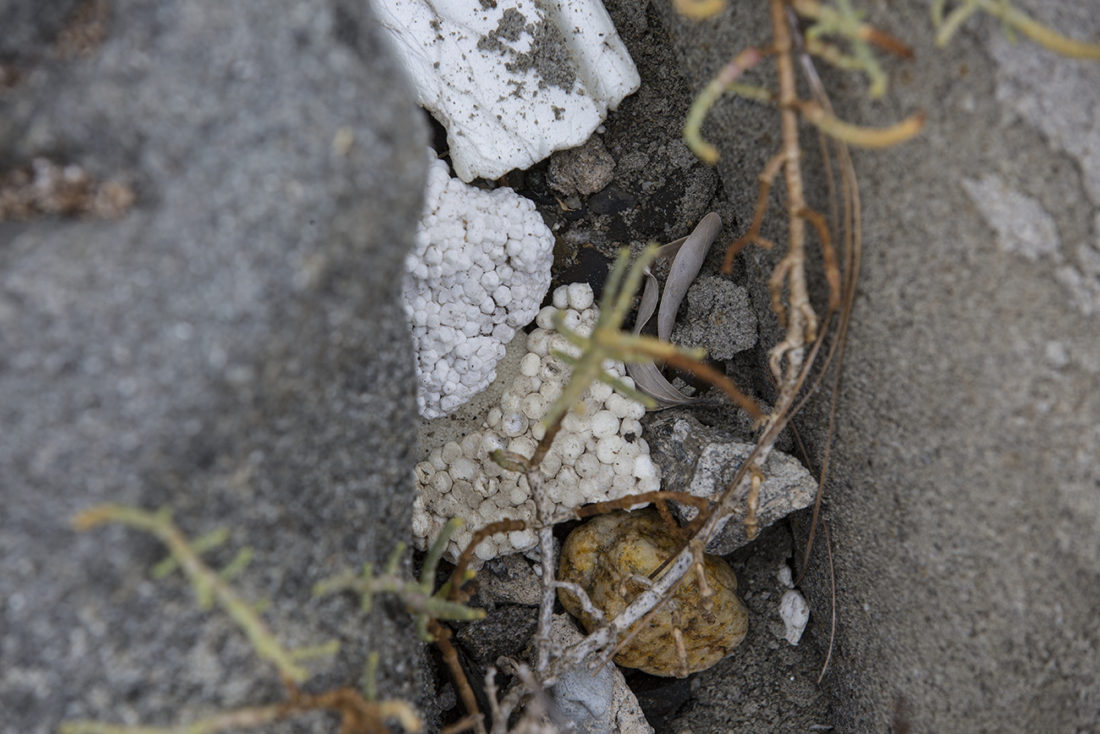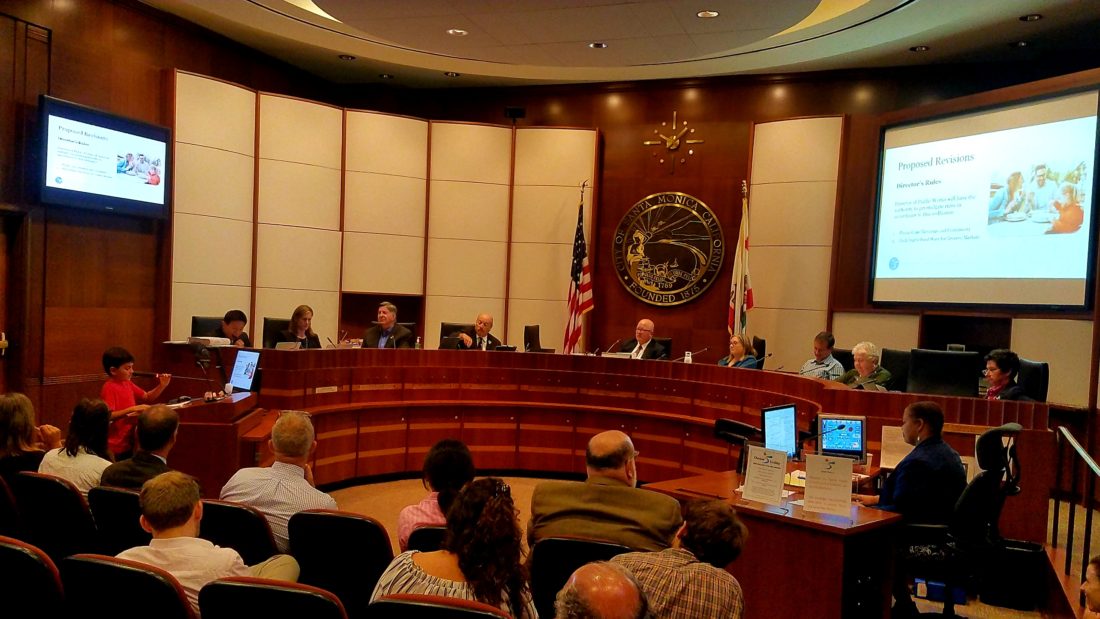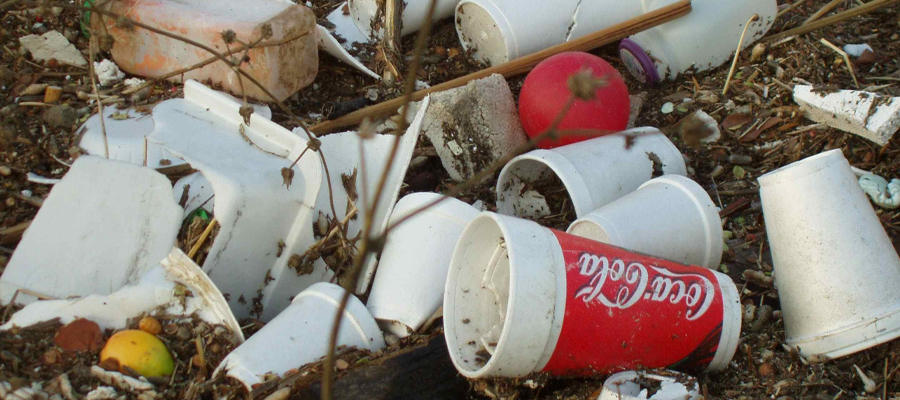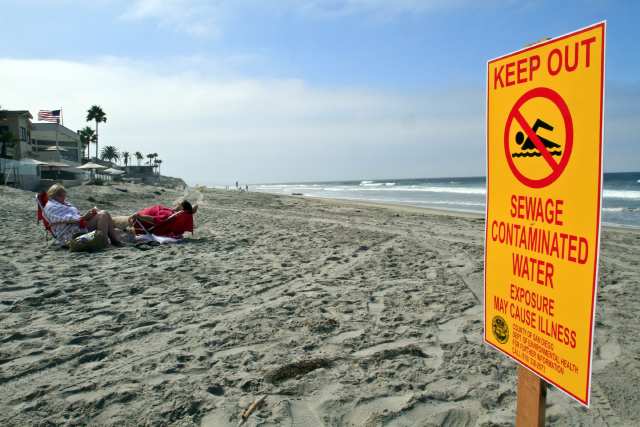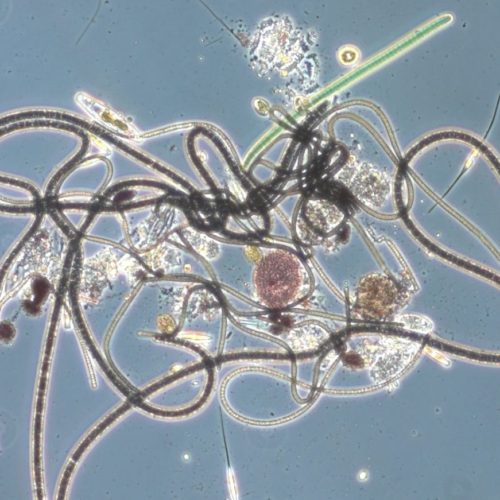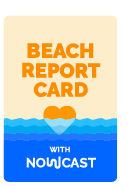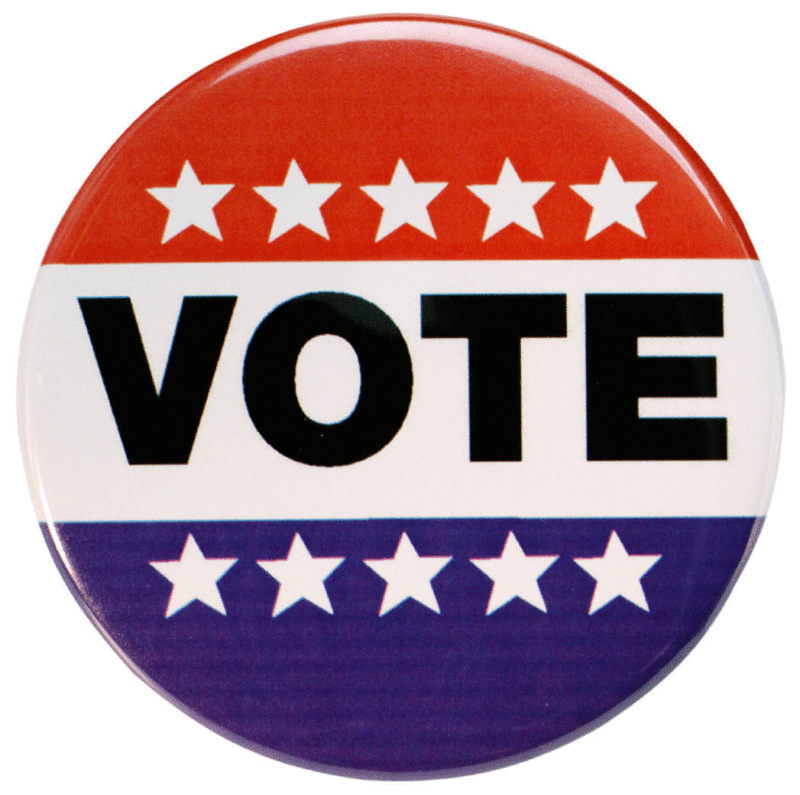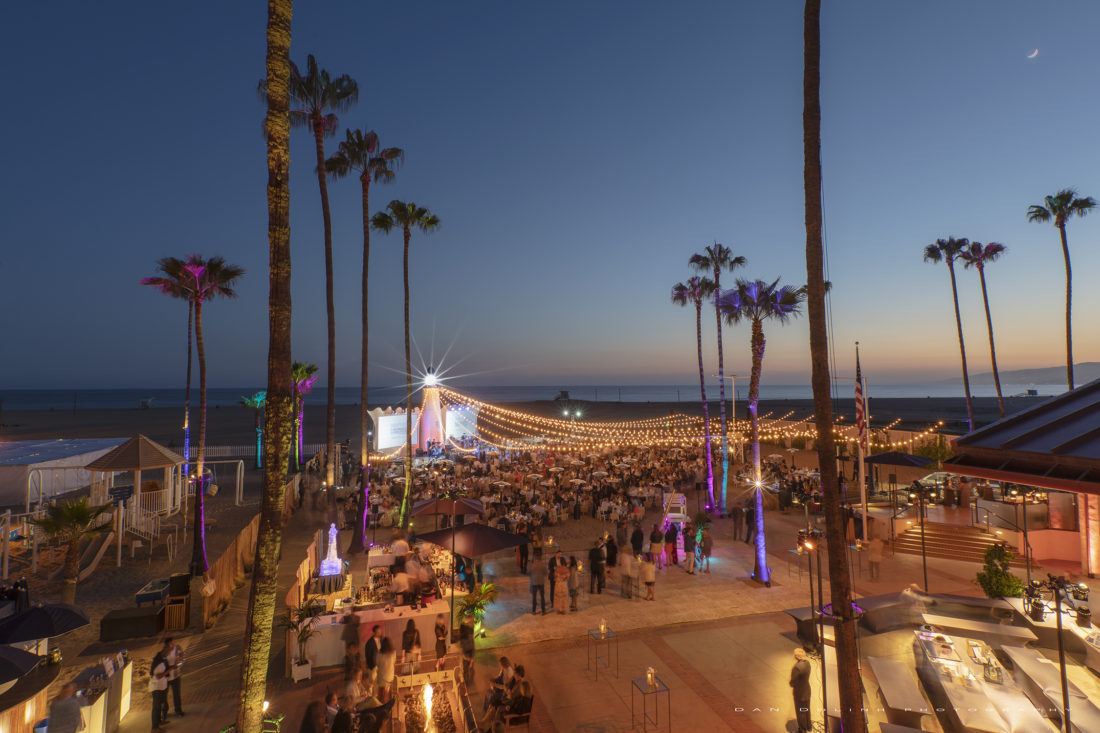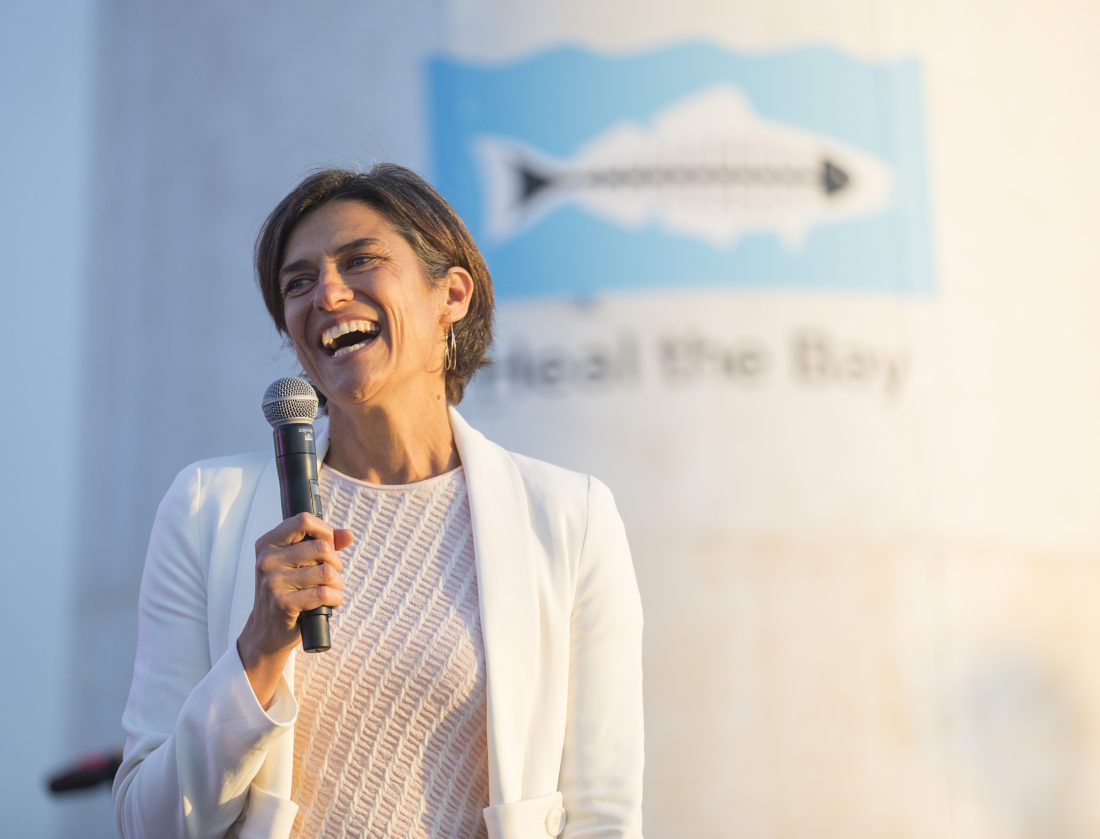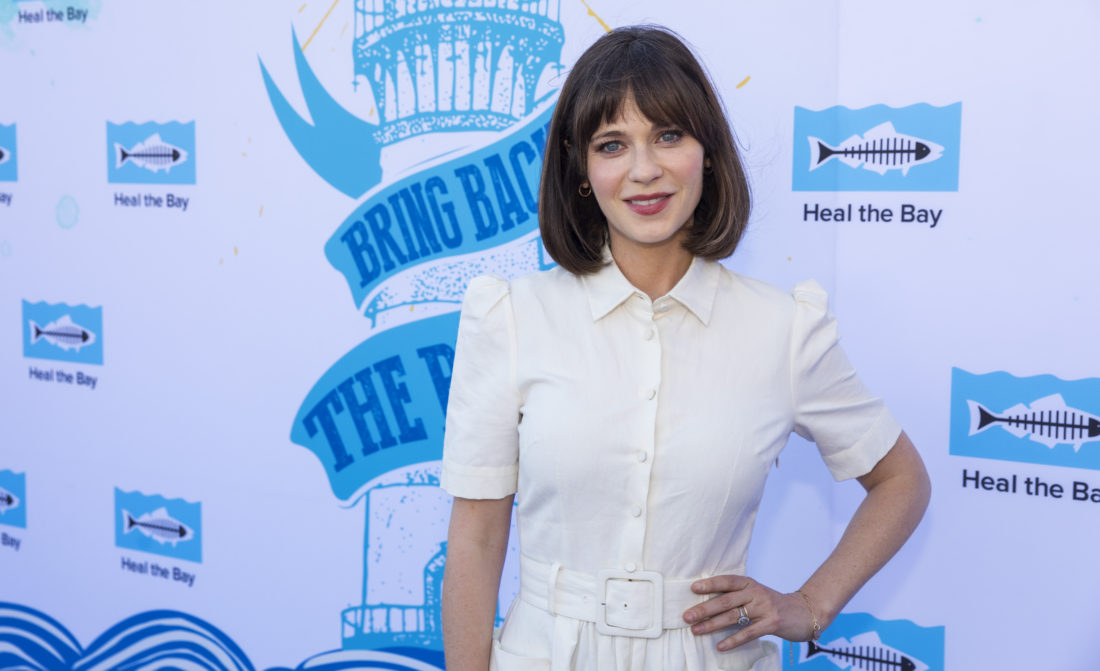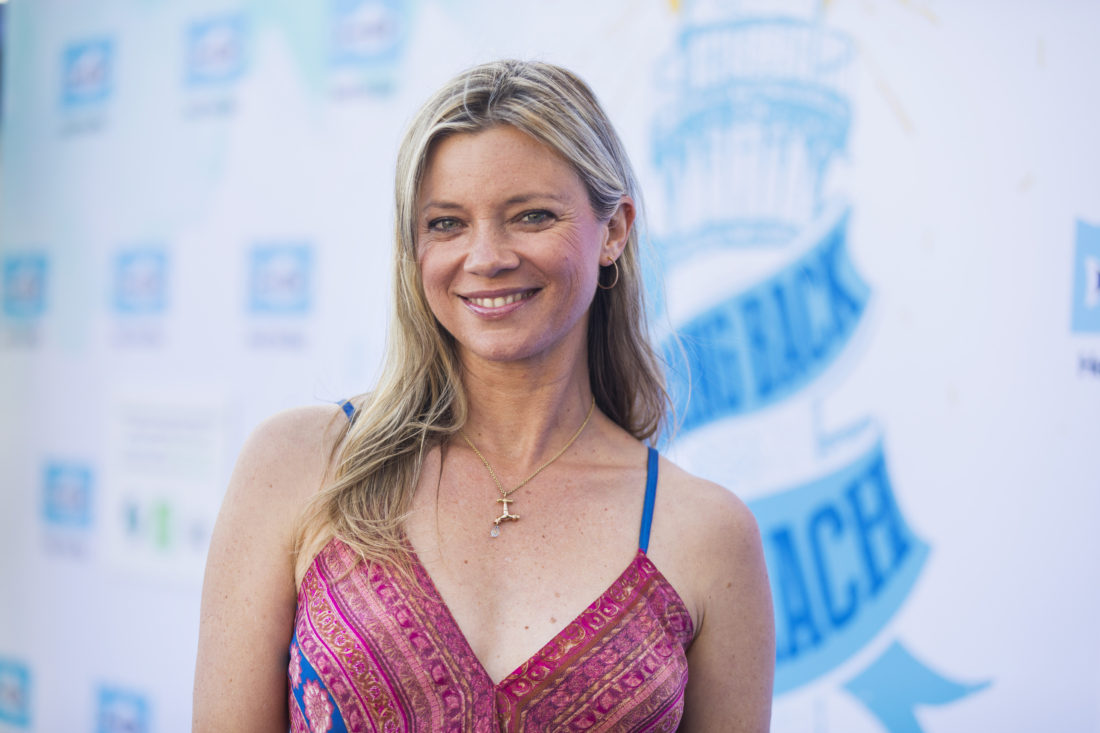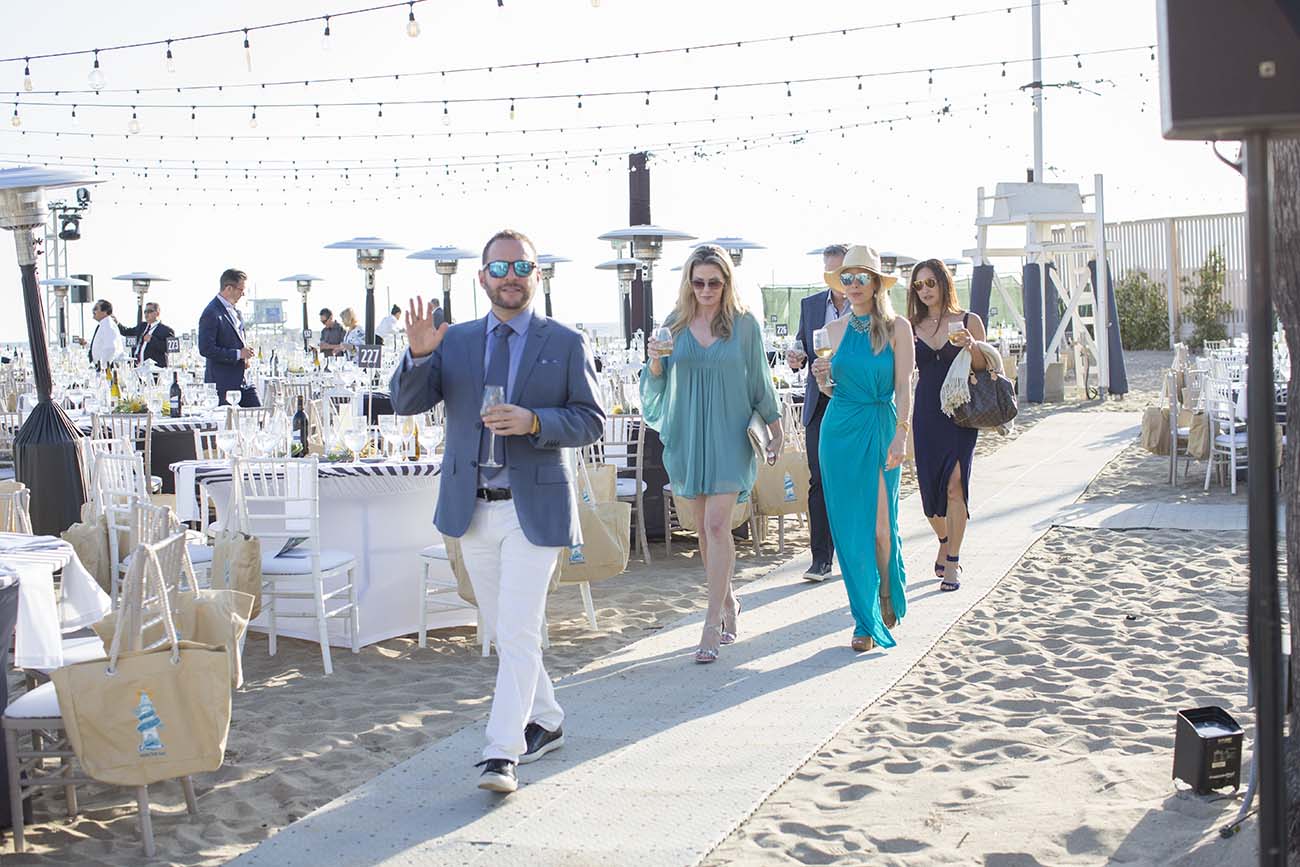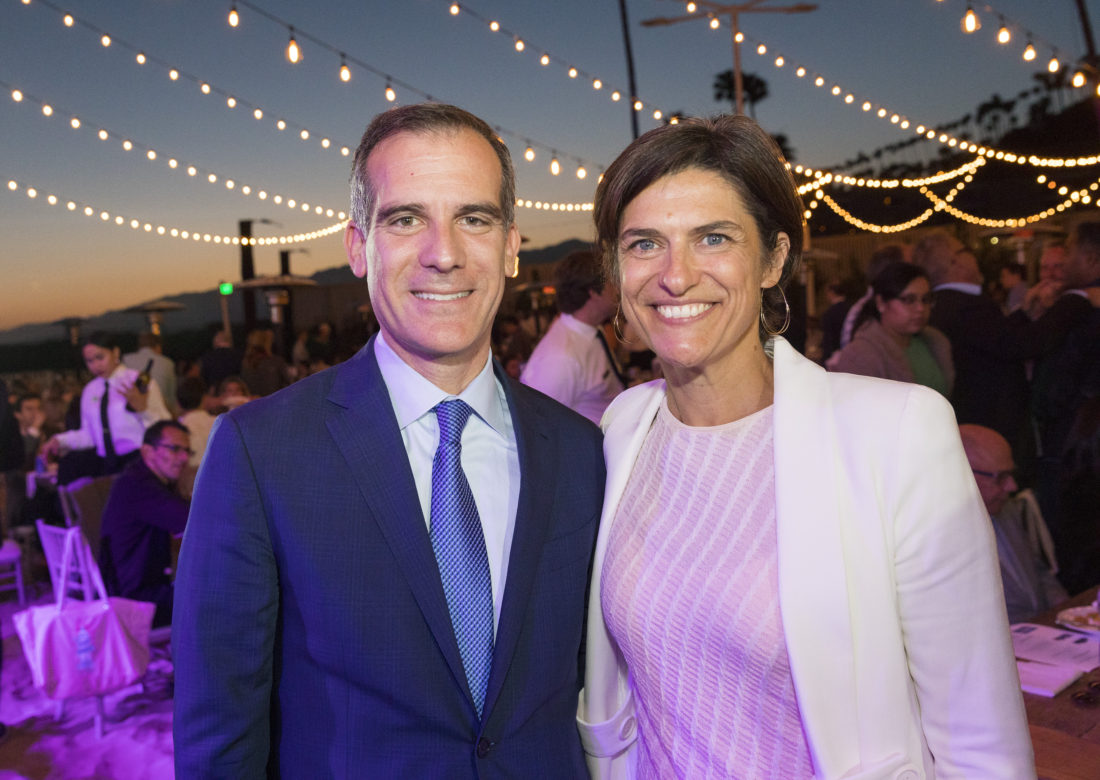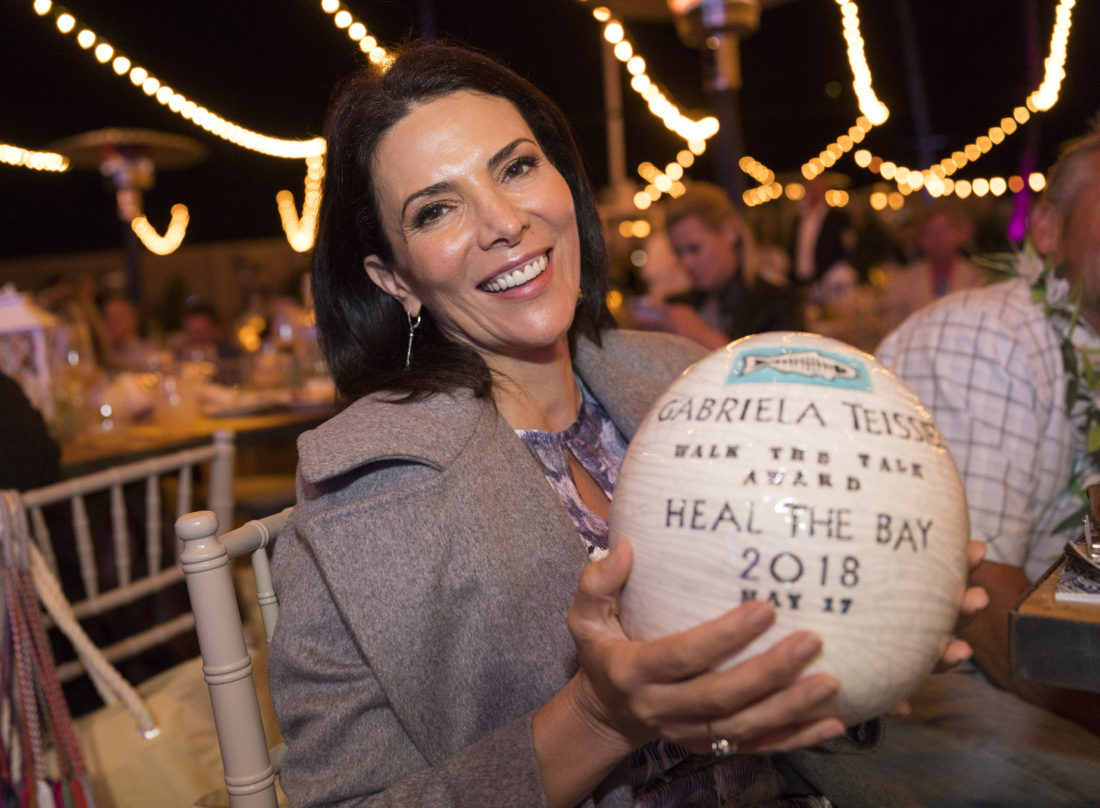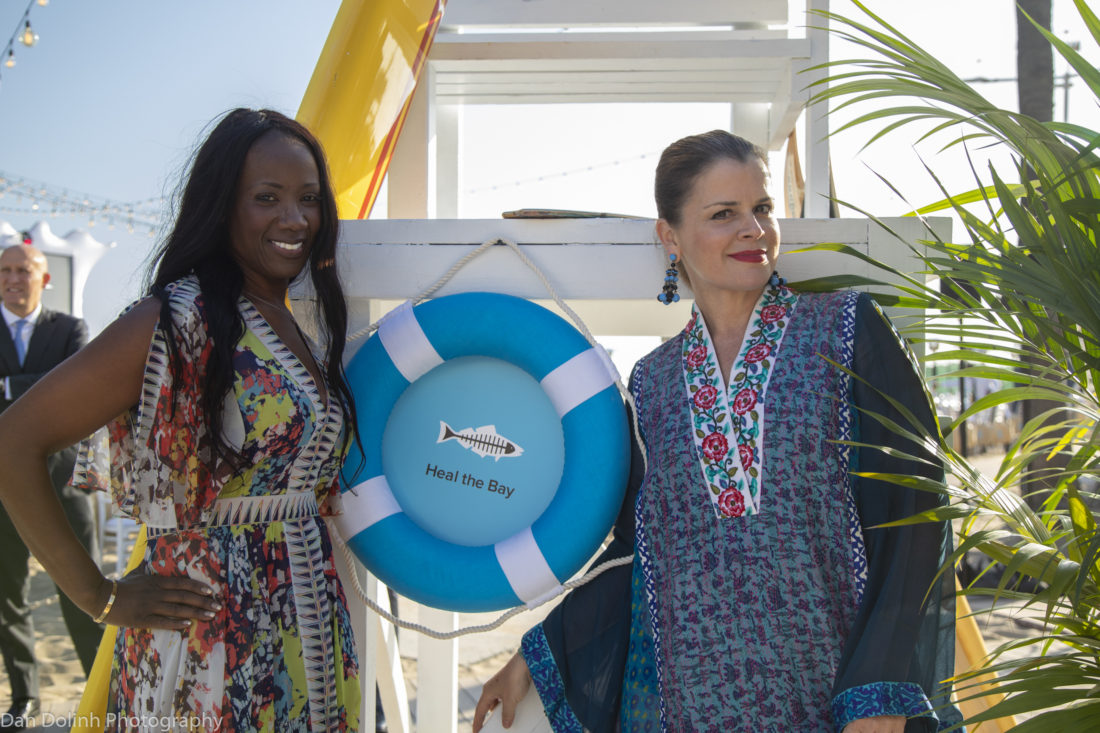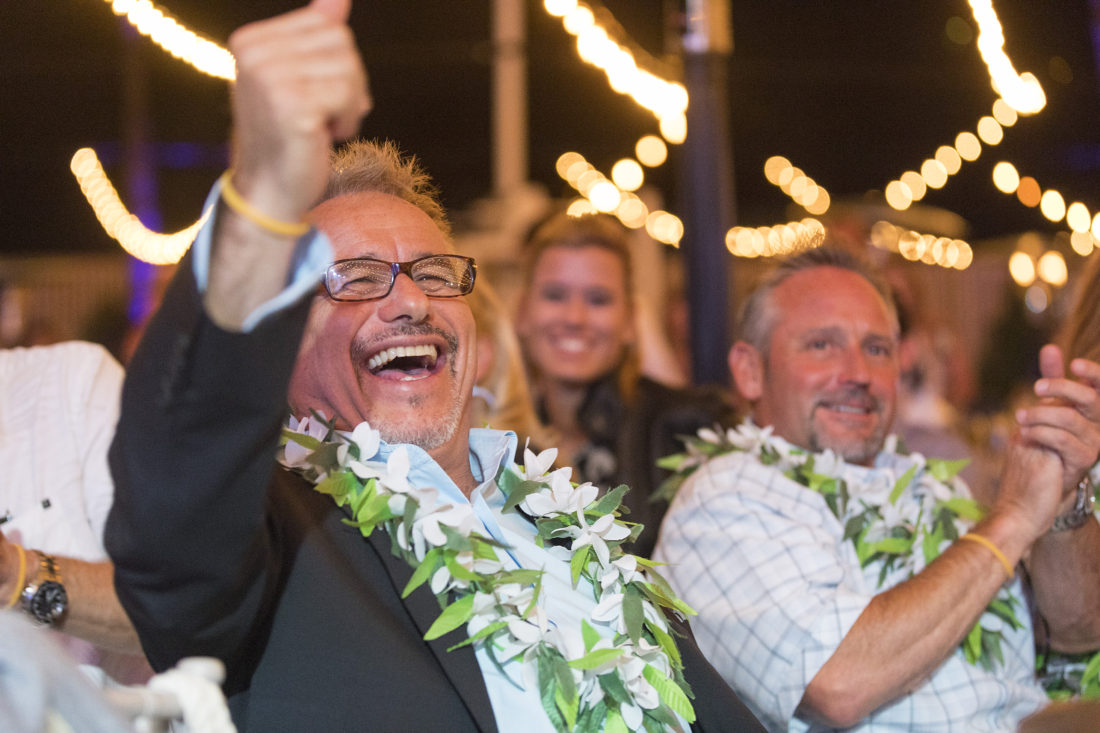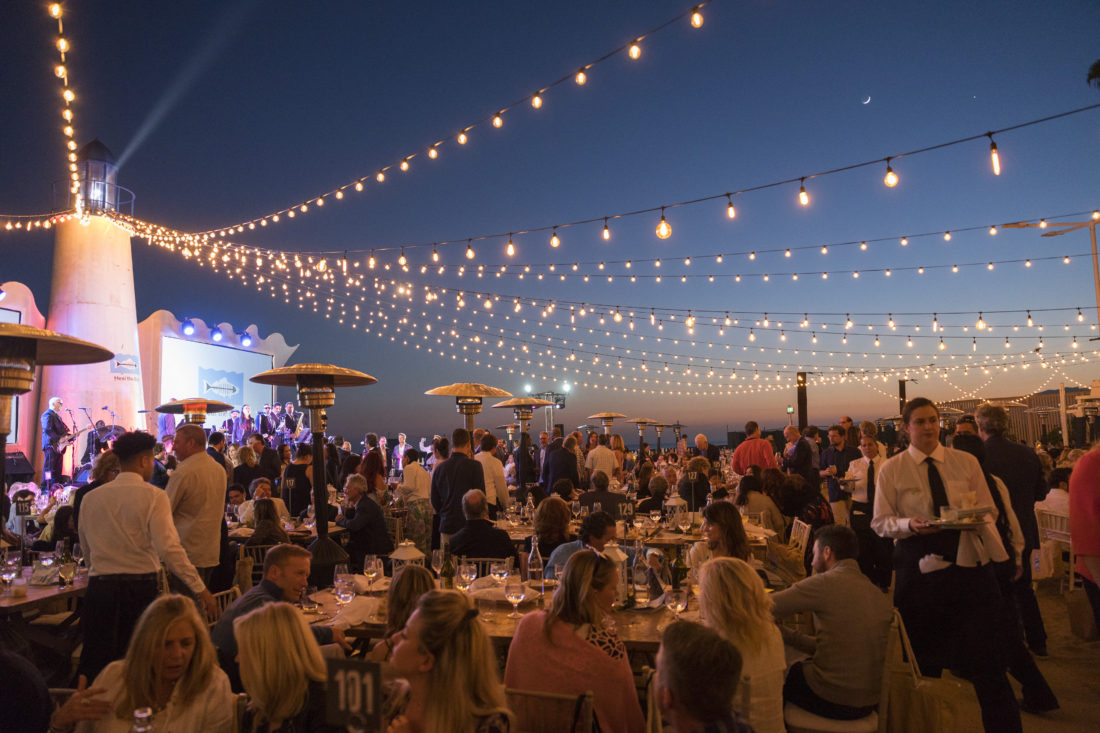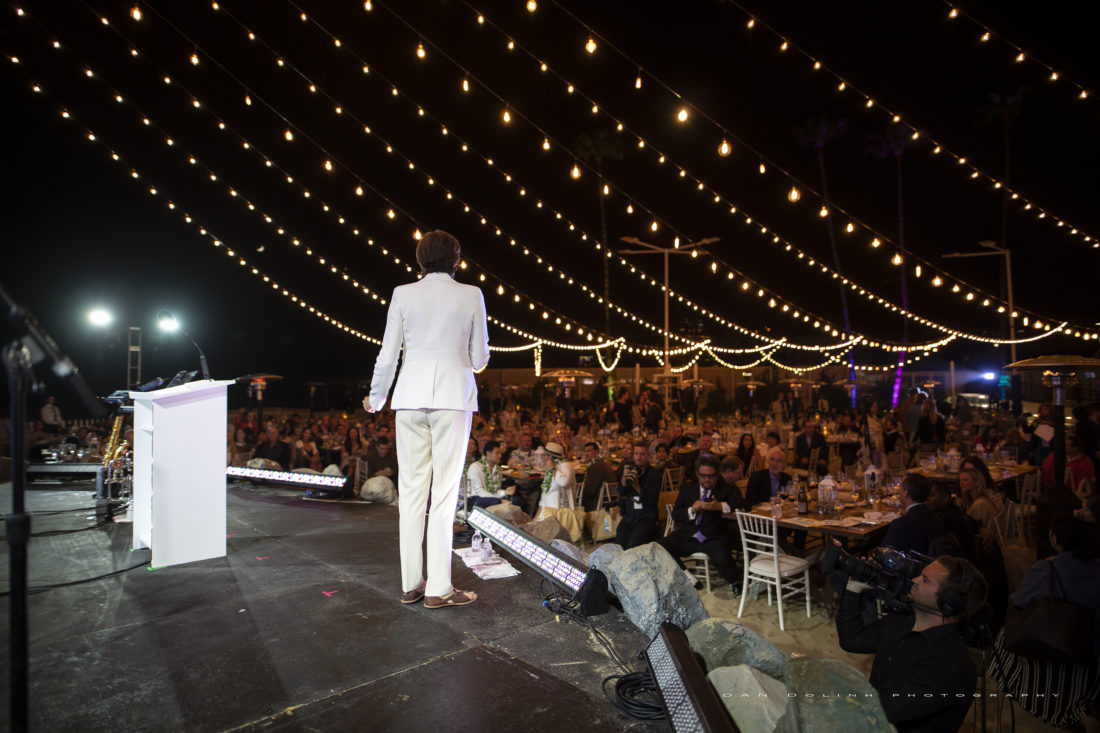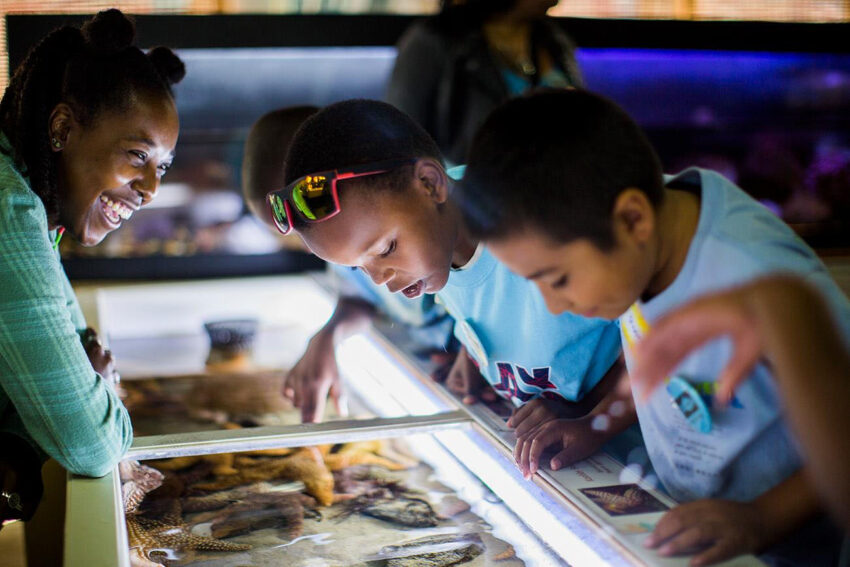
From native storytelling to underwater ROV exploration, this weekend’s Marine Protected Area celebration at Zuma has plenty to offer, writes guest blogger Melina Watts.
When ocean systems are allowed to function, the beauty of the sea generates life and vitality. Marine Protected Area are protected underwater parks and have become a powerful tool for healing the world’s oceans.
This Saturday, Heal the Bay is joining Los Angeles Marine Protected Area Collaborative for an “Honor the Ocean” event at Zuma Beach to celebrate these jewels off our local coastline.
Thanks to the hard work of many committed people, the state of California has established safe havens near Point Dume, Palos Verdes Peninsula and Catalina Island. Vulnerable species, pressured by overfishing and other human impacts, now have a chance to recover and breed.
Like terrestrial wildlife preserves, MPAs only succeed in protecting marine life if they are supported by the people who live, recreate and work in or near the MPA. We are reaching out to community members, tourists, surfers, fishers and students to celebrate these special places, our own “Yosemites of the Sea.”
The diverse members of the Collaborative bring unique expertise to the event. The day will begin with a Chumash blessing ceremony next to a tomol, a hand-constructed canoe, to connect to marine traditions that have existed for millennia. Midday storytelling by Tongva and Chumash elders will share the ecological and spiritual connection to the sea that flows through both Chumash and Tongva cultures.
Using recreation as a tool to connect guests to marine protection, Malibu Makos Surf Club will offer free surf lessons adjacent to the event. Los Angeles County Lifeguards will teach sidewalk CPR, and allow guests to check out the lifeguard longboards.
Given the driving need to preserve and restore marine biodiversity, Honor the Ocean offers a remarkable array of opportunities to learn on site about local marine life, including sea mammals, fish, algae, insects and birds.
Scientists and staff from the participating groups such as Heal the Bay, L.A. Waterkeeper, the Bay Foundation, California State Parks and the Cabrillo Marine Museum will offer natural history interpretation and talks. Via a beach walk, Linda Chilton from USC Sea Grant will teach citizen scientists how to use the iNaturalist app, which allows people to document and upload their discoveries in the wild. Heather Burdick will guide participants in a scavenger hunt.
Guests will have a unique chance to see state-of-the-art science in action. USC Sea Grant will bring a new underwater remotely operated vehicle. Attendees can see footage collected in Los Angeles County’s Marine Protected Areas. California Department of Fish and Wildlife will have a warden on site to explain MPA regulations, and offer free copies of the LA MPAs Fishing Guide.
Given that ocean health depends upon healthy watersheds, both the City of Malibu and Resource Conservation District of the Santa Monica Mountains will provide insights about how human activities on shore impact marine systems.
In northern Los Angeles County, local MPAs start at El Matador (just below County Line) and come all the way down to Paradise Cove. In this area there are two categories of MPAs: the Point Dume State Marine Reserve, and the Point Dume State Marine Conservation Area.
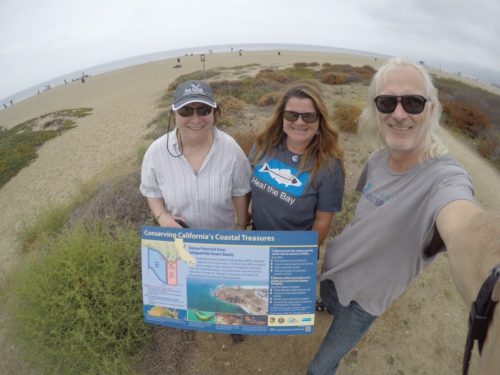
In the Point Dume reserve area, one of the most protective of MPA designations, all fishing and harvesting is prohibited. This area stretches from El Matador to Point Dume.
In the Point Dume conservation area, limited recreational and commercial fishing are allowed and fishing is regulated by the California Department of Fish and Wildlife. This area ranges from Point Dume to Paradise Cove.
Thinking globally, for the last three decades, countries around the world have created MPAs to protect marine environments and preserve biodiversity. Some 2.07% of the sea worldwide is now protected though some type of MPA.
If you plan to attend, please register for the event here. We hope you will join us in this celebration of marine life and First Nation culture!




